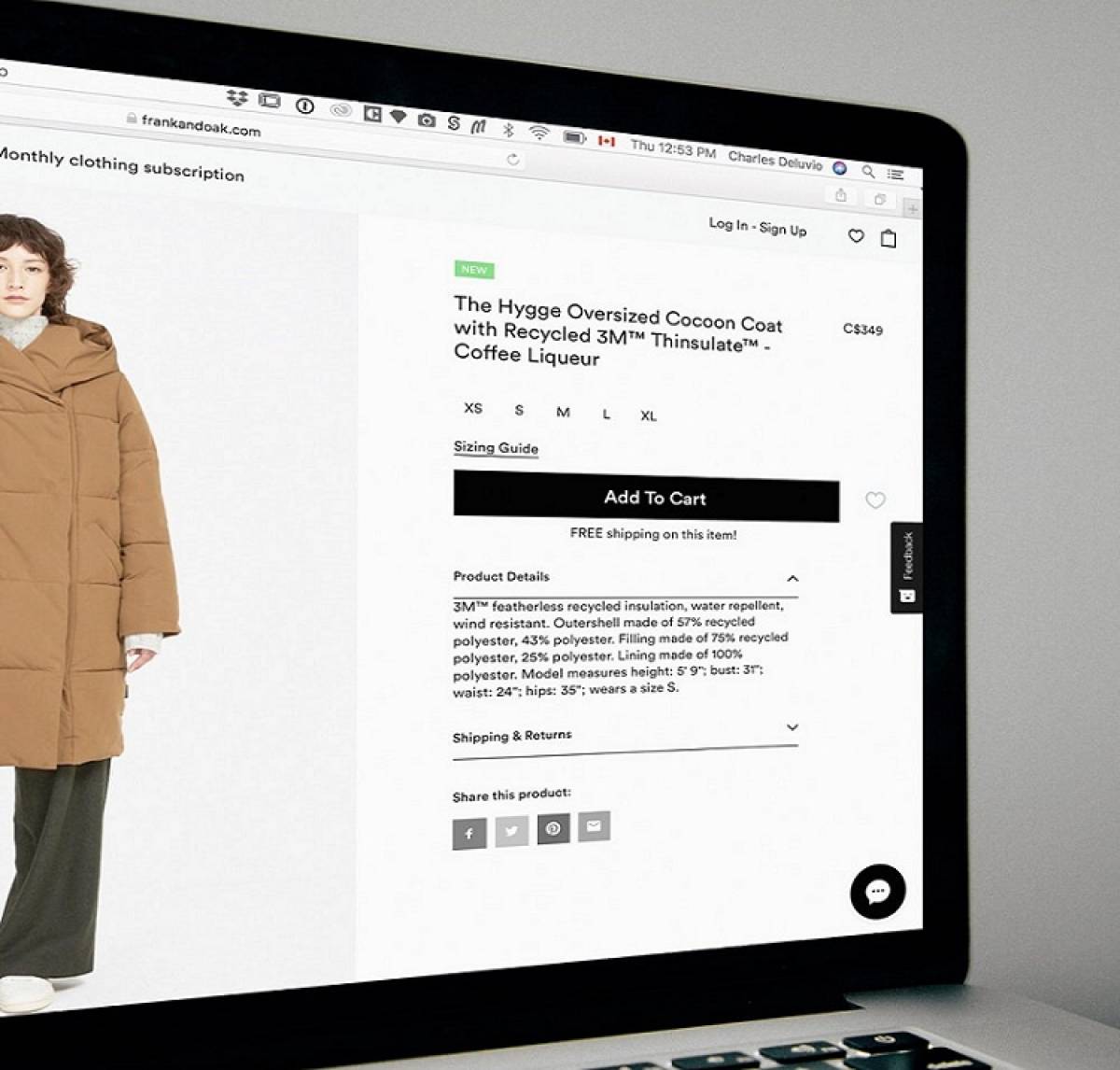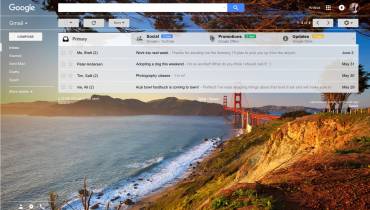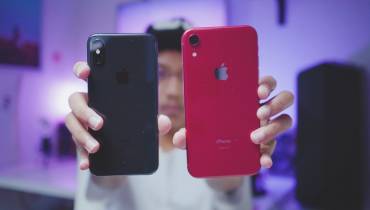How to Write Persuasive Product Descriptions for Increased B2B Sales

As anyone who’s worked in the field knows, a B2B sale is strongly distinct from its B2C equivalent. B2B shoppers have drastically different expectations, requirements, motivations, budgets, and timescales. If you want to impress them enough to win their business, you need to understand what they’re looking for and cater your content accordingly.
And while the B2B customer journey can be extremely long, the product materials are pivotal throughout, going all the way from brand discovery to final decision. How a company presents its products — and most notably the copy it uses to describe them — will play the biggest part in its success (or lack thereof).
If you’re writing product descriptions for B2B, then (which can make a solid career these days), you need to make a concerted effort to maximize their potency.
Steps to Write Optimally Persuasive B2B Product Descriptions
Here are some tips for making product descriptions for B2B optimally persuasive:
1. Anticipate and address objections
A B2C shopper generally has final say over the decision they make. If they’re convinced that a product is right for them, they can go ahead and order it right away. This commonly isn’t the case for B2B shoppers, because they’ve been tasked with researching the available options and choosing something to recommend to their managers or company heads.
This makes it inevitable that people will read your materials with a lot of skepticism, being ready to find reasons to rule those products out of the running. You need to think ahead, finding ways to address their likely objections and make those products seem like the most justifiable options.
For instance, the most frequent concern is cost, so you should write your copy to show cost-effectiveness. Case studies and customer quotes are excellent for this: showing that a previous buyer was ultimately happy with the pricing will work strongly in your favor.
If you’re not collecting this type of things, try implementing a customer testimonial tool to establish a clear feedback pipeline through your website.
2. Provide as much detail as possible
It’s often wildly effective to focus on benefits instead of features in B2C marketing, but it can be counterproductive when addressing B2B shoppers — so I recommend a different approach.
Not only do they often know how to gauge whether products meet their needs, making the explanation of benefits unnecessary at best and patronizing at worst, but they also have big decisions to make and won’t want to feel that you’re being emotionally manipulative.
Instead of trying to be rhetorical, then, it’s best to set out as much detail as you can: anything you think a shopper might want to know. The more you share, the more confident you seem, and the less people will suspect that you’re trying to hide some flaws.
Note that you can still use emotive language (you don’t need to be totally dry): just ensure that the facts are there.
3. Write variants for different buyer types
Personalization is a key part of the modern B2B experience. Top sellers recognize this and react accordingly. Using a good B2B ecommerce platform like Shopify Plus, it’s possible to offer each client a distinct storefront with custom pricing and a hyper-relevant product selection.
Shopify Plus manages this through unique password-protected logins: create one for each client with a branded theme, and you can improve the customer experience while making repeat purchases much easier.
And while you can’t personalize to the same extent during the marketing process (you’re addressing more companies and have relatively-little information to go by), you can still cater your content to some extent. After all, you’re still dealing with fewer prospective readers than even the most modest B2C seller.
Think about the different types of company that might want to buy from the products. Identify a manageable group, and create distinct content for each one to be supplied on demand.
When someone reaches out to ask for some additional product materials, they can be supplied with customized content to hopefully seal the deal.
4. Offer direct competitor comparisons
No matter how compelling B2B promotional materials are, they’ll almost never lead directly to conversions. Shoppers need to make well-reasoned decisions, and that calls for comparing all possible solutions — putting similar products together to see which brand comes out on top.
If you don’t mention other brands in your materials (likely because there’s concern about giving them any publicity), then shoppers will simply head to Google and search for direct comparisons. They’ll find them, of course, as there are plenty of product comparison sites (and software comparison sites, if you’re marketing digital products) — and when they do, there’s no guarantee that the products you’re marketing will be looked upon favorably.
By providing your own product comparisons (describing a product you’re marketing as 20% lighter than the equivalent from a more well-known brand, for instance), you can perhaps satisfy that desire to seek external comparisons, all while painting your lineup in a positive light — though be careful with the implementation.
Conclusion
In the end, writing great product descriptions for B2B is mostly about understanding what the average B2B shopper in the relevant field is looking for.
Offer up a lot of detail (compete with clear brand comparisons), overcome objections, and vary the writing to account for different client types. That should get you moving in the right direction.




















